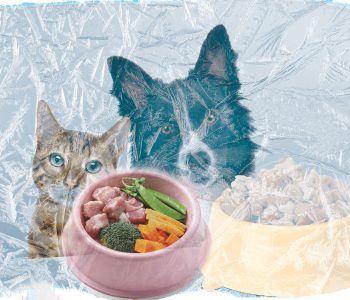Ensuring Food Safety in Natural Diets for Dogs and Cats through Freezing
As pet ownership evolves, there’s a growing trend of humanization, extending to their nutritional needs, mirroring developments in human dietary preferences (Viana et al., 2020).
| Similar to human food, animal feed is vulnerable to microbiological contamination, particularly when raw diets are involved, which can lead to infections like those caused by Salmonella spp. and Campylobacter spp. (Joffe and Schlesinger, 2002; Bojanić et al., 2017), as well as other bacterial strains (Weese et al., 2005) and parasites (Ahmed et al., 2021). |
Studies on raw diets have revealed that although most animals do not exhibit clinical symptoms, the dissemination of Salmonella spp. can persist in the environment for up to a week (Finley et al., 2007).
Keep up to date with our newsletters
Receive the magazine for free in digital version
REGISTRATION
ACCESS
YOUR ACCOUNT
LOGIN
Lost your password?
